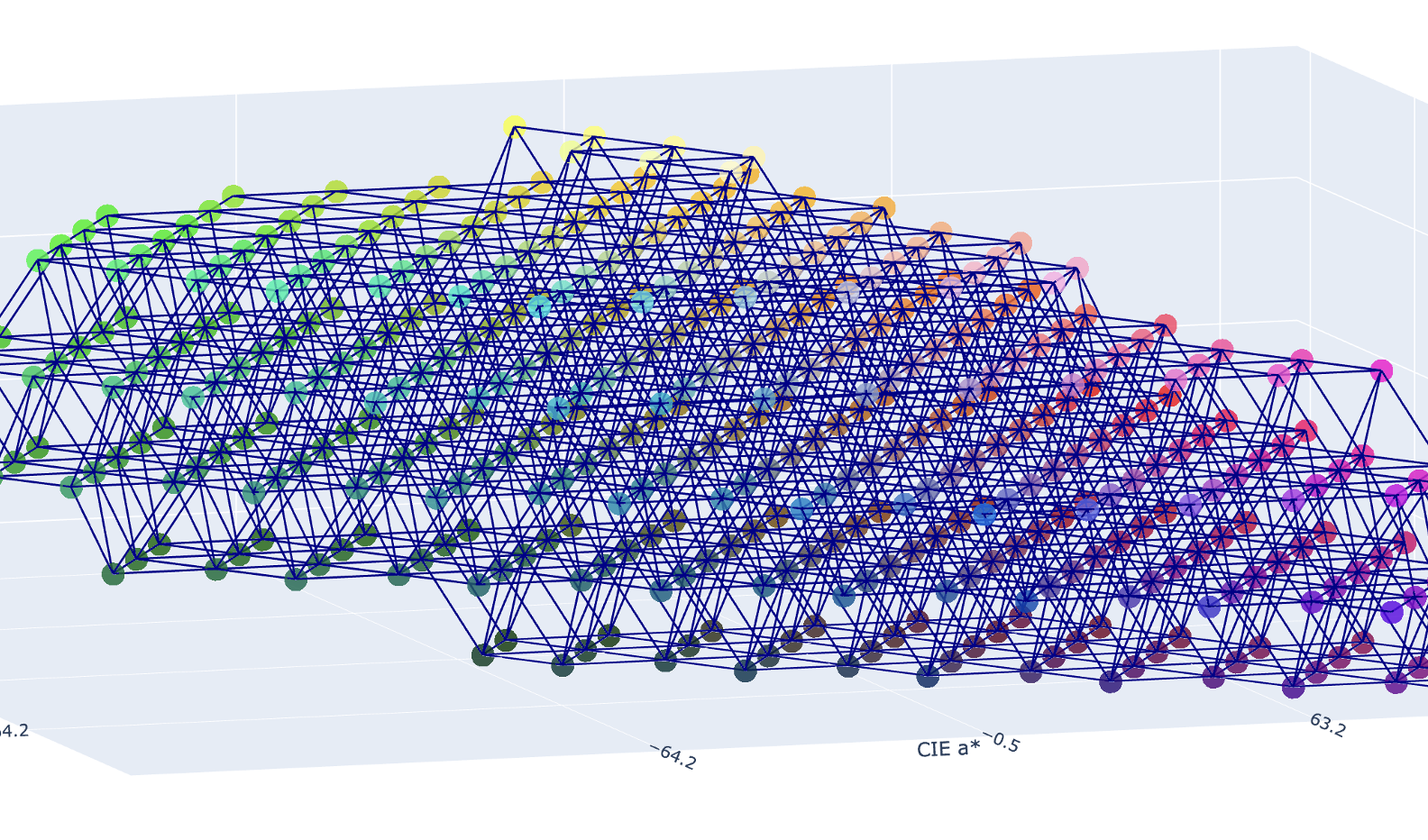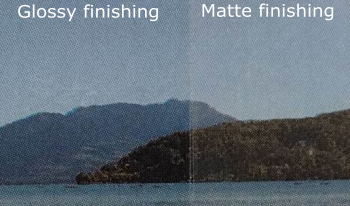
When describing “how many colors” can be represented or reproduced by a given system or device, volume (or gamut volume) is often used. While it has a rightful place and is a valid way to describe a range of colors, it is an incomplete and indirect answer to the original “how many?” question. In this paper a first principles based approach is applied to this question, starting with delimiting the validity of any possible answer by being explicit about assumptions about domain (dimensionality, encoding bit-depth, coordinate system or color space. etc.). Furthermore, no real-world data exists without a reference to a measurement device, which in turn has to consider sources of noise: physical surfaces whose color or spectral measurements differ by less than the level of noise of that device, cannot be considered as distinct. These assumptions directly affect possible answers to the initial question of how many colors or color stimulus properties there are. Starting from reflectances, their quantization and measurement noise as well as colorimetry are analysed in a variety of color spaces and the concepts of cardinality and colorimetric errors are used. The result is not a single answer but both an exploration of the effects of the assumptions and a characterization of their dependence. For example, results show how quantization and measurement error can have a significantly larger impact than may be intuited, likewise, the same analysis in CIE LAB, CIE CAM16 and CAM16-UCS yields substantially different answers (and may be applicable in different contexts), which also highlights current limitations of these spaces and color difference metrics. Additionally, a cardinality analysis can also be performed in a biological domain of retinal responses, which bridges the physical and psychophysical domains. As will be shown, precise answers can be given under specific and explicit assumptions, but in a general context, the answer always has to be “it depends”.

When a clear layer is coated on a diffusing background, light is reflected multiple times within the transparent layer between the background and the air-layer interface. If the background is lit in one point, the angular distribution of the scattered light and Fresnel’s angular reflectance of the interface induce a specific irradiance pattern on the diffuser: a ring-like halo. In the case where the background is not homogenously colored, e.g. a half-tone print, the multiple reflection process induces multiple con-volutions between the ring-like halo and the halftone pattern, which increases the probability for light to meet differently col-ored areas of the background and thus induces a color change of the print. This phenomenon, recently studied in the case of a smooth layer surface (glossy finishing) is extended here to rough surface layer (matte finishing) in order to see the impact of the surface roughness on the ring-like halo, and thereby on the print color change. A microfacet-based bi-directional reflectance dis-tribution function (BRDF) model is used to predict the irradi-ance pattern on the background, and physical experiments have been carried out for verification. They show that the irradiance pattern in the case of a rough surface is still a ring-like halo, and that the print color change is similar to the one observed with a smooth interface, by discarding the in-surface reflections which can induce additional color change.